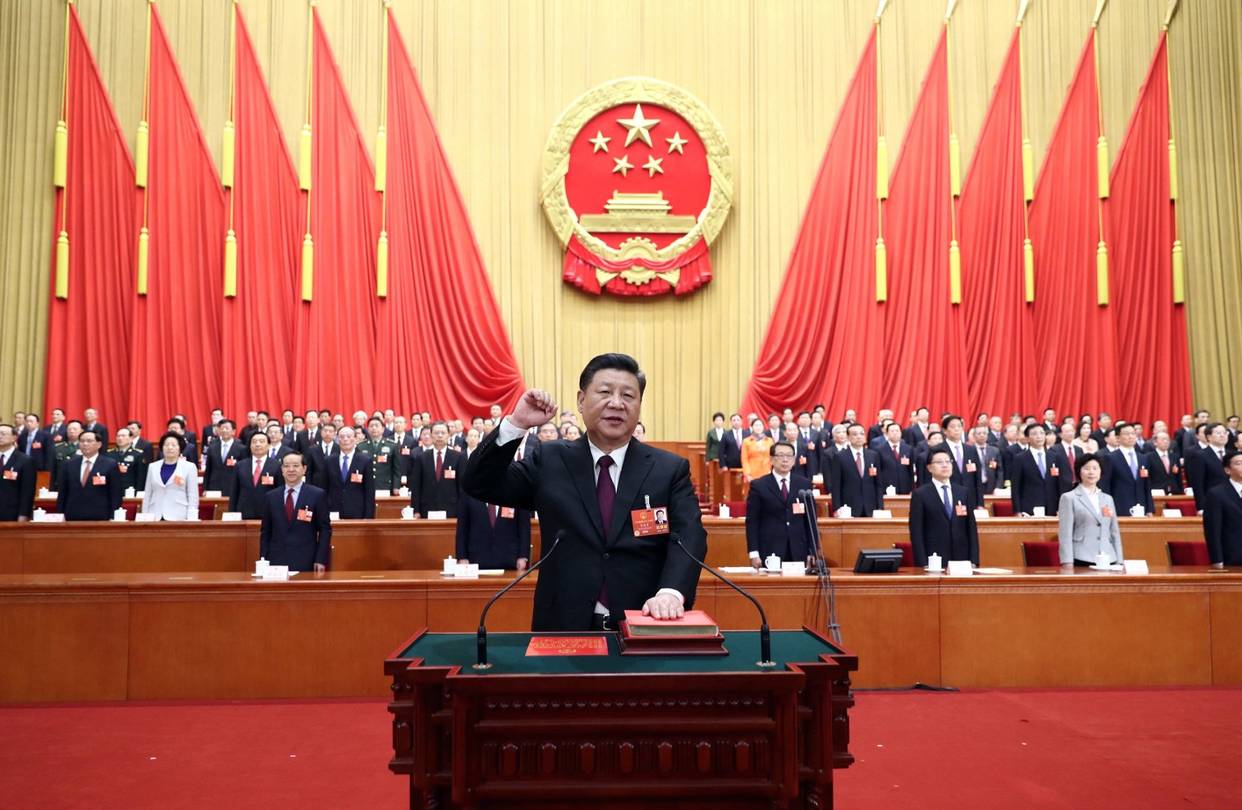The Chinese Communist Party turns 100 this week but probably shouldn’t put the tab for the birthday celebration on a credit card.
China’s debt – similar to that of the U.S. and Japan – is becoming a problem, and the government sees it as something to be solved to avoid serious economic troubles.
Beijing had taken steps to decrease the dependence on debt to facilitate growth, but the global pandemic stalled the strategy.
And, not only were the efforts stopped, the reverse happened: As many countries did as the pandemic worsened, China’s regulators lowered borrowing rates and grew the debt load – hitting record levels last year.
The pandemic last year hit China’s economic growth and prompted authorities to make it easier for companies to get loans. As a result, China’s debt — measured against the size of its economy — soared to record levels in 2020.
The country’s debt was nearly 290 percent of GDP (gross domestic product) last fall, according to Bank of International Settlements (BIS) data.
A CNBC story on Tuesday detailed the difference in China’s debt compared with the U.S. and Japan.
The corporate sector in China accounted for a large proportion of total debt at more than 160 percent of GDP, according to BIS data – as opposed to the U.S. and Japan, where government debt made up the largest share of total debt.
China has refocused efforts to gain control of the debt problem.
From CNBC:
“China’s outstanding total social financing, a broad measure of credit and liquidity in the economy, rose 11 percent from a year ago at the end of May — slowing from a 11.7 percent growth a month earlier.
“Economists at British bank Barclays projected that credit growth in China will be between 10 percent and 10.5 percent by the end of this year compared with 13.3 percent at end-2020.”
But the birthday party organizers should still plan to pay in cash.


















Add comment